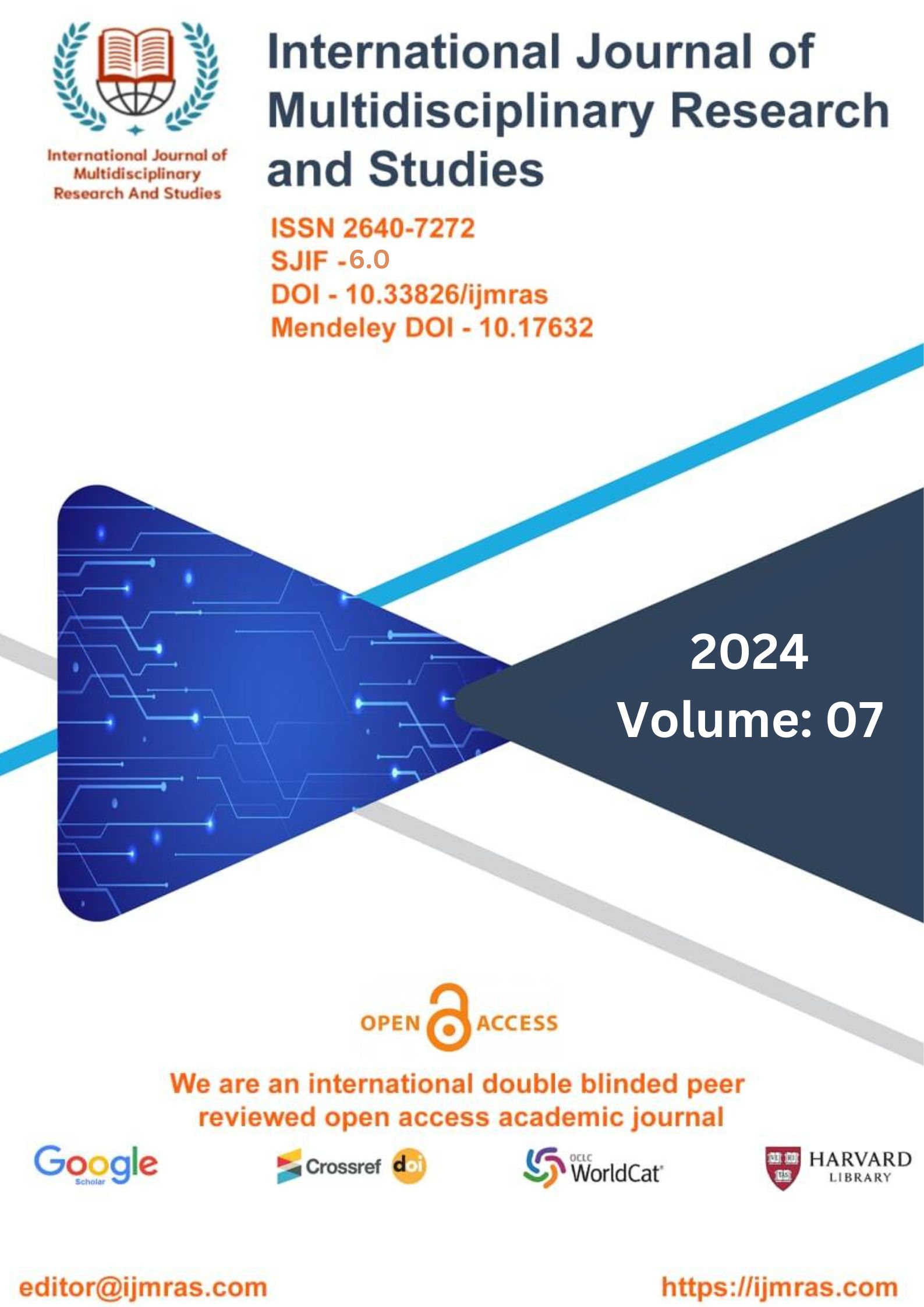Acknowledging the distinct cultural nuances in the exchange between the physician and patient in conventional Chinese medicine.

Abstract
Chinese medicine has not only been challenged by debates over its efficacy in comparison to Western medicine but also by wars brought on by globalisation. For example, the Wall Street Journal reports that the Nobel Prize committee, when discussing TuYouyou, the first Chinese woman to win a Nobel Prize in chemistry for developing Chinese medicine to treat malaria, gives more credit to modern technology inspired by plant-based treatment than it does to traditional Chinese medicine.”
However, because of its growing popularity across the world, researchers are starting to examine the medical, cultural, and communicative success of TCM in China and the West. In order to better understand how some of TCM's basic principles and important values are being lived and displayed in and within the profession, researchers in China will monitor TCM practitioners in their interactions with patients. This study proposes to use a discourse analytic approach supplemented by anthropological field notes and interviews to examine video recordings of practitioner-patient interactions during TCM practise sessions such acupuncture, Chinese herbal medicine prescription, and TCM massage or tuina. The purpose of this research is to gain a better understanding of how "healing, quiet, and the miracle cure" manifest themselves in patient contacts at the clinic.
Keywords
Modern Technology, Medical Practitioner, Plant Based TreatmentHow to Cite
References
Acheson,K.(11).Silenceasgesture:Rethinkingthenatureofcommunicativesilences.
CommunicationTheory,18(4),535;535.
Acheson,K.(2008).Silenceasgesture:Rethinkingthenatureofcommunicativesilences.
CommunicationTheory,18(4),535-555.doi:10.1111/j.1468-2885.2008.00333.x
Aldridge, D., 1947, &ebrary, I. (2000; 2004). Spirituality, healing, and medicine: Return to the silence. London; Philadelphia:Jessica Kingsley Publishers.
Ashe,G.(1978).Miracles. London: Routl edge and Kegan Paul.
Barbaso-Schwartz, A. (2004). Traditional chinese medicine: Ancient holistic healing. HomeHealthCareManagement&Practice,16(6),494-498.doi:10.1177/1084822304265849
Barnes, L. L. (2003). The acupuncture wars: The professionalizing of American acupuncture-a view from massachusetts. Medical Anthropology, 22(3), 261-301.doi:10.1080/01459740306772
Barnes, L. L., &ebrary, I. (2005; 2004; 2009). Needles, herbs, gods, and ghosts: China, healing, and the west to1848. Cambridge, MA: Harvard University Press.
Barnes, L. L., &Sered, S. S. (2005). Religion and healing in america. Oxford; New York: Oxford University Press.
Barnes, L. L., Talamantez, I., & American Academy of Religion. (2006). Teaching religion and healing. Oxford; New York: Oxford University Press.
Basinger, D. (2011). What is a miracle? In G. H. Twelf tree (Ed.), The Cambridge campanion to miracles (pp. 19-35) Cambridge University Press.
Basso,K.(1996).Wisdom sits in places University of Mexico Press.
Bell, S. P. (2014). What does silence signify? investigating the rhetoric of silencein Berghuis v. thompkins. Western Journal of Communication, 78(2), 175-193.doi:10.1080/10570314.2013.835066
Biehl, J. (2013). Ethnography in the way of theory. Cultural Anthropology, 28(4), 573-597.doi:10.1111/cuan.12028
Bing, Z., Hongcai, W., Cheng, X., &ebrary, I. (2010; 2011). Basic theories of traditional Chinese medicine. London: Singing Dragon.
Boozang, K. M. (1998). Western medicine opens the door to alternative medicine. American Journal of Law and Medicine, 24(2/3), 185-212.
Brummett, B. (1980). Towards a theory of silence as a political strategy. Quarterly Journal of Speech, 66(3), 289-303. doi:10.1080/00335638009383527
Bruneau, T. J. (1973). Communicative silences: Forms and functions. Journal of Communication,23(1), 17.
Carbaugh, D. (1999). “Just listen”: “Listening” and landscape among the blackfeet. Western Journal of Communication, 63(3),250-270. doi:10.1080/10570319909374641
Carbaugh, D., Nuciforo, E. V., Molina-Markham, E., & van Over, B. (2011). Discursive reflexivity in the ethnography of communication: Cultural discourse analysis. Cultural Studies↔Critical Methodologies,11(2),153-164.doi:10.1177/1532708611401334
Chung, Y., Hu, C., Yeh, C., &Luo, C. (2013). How to standardize the pulse-taking method of traditional chinese medicine pulse diagnosis. Computers in Biology and Medicine,43(4),342. doi:http://dx.doi.org.libezproxy2.syr.edu/10.1016/j.compbiomed.2012.12.010
Cloud,D.L. (1999).Thenull persona: Race and the rhetoric of silenceintheuprisingof'34.
• Rhetoric and Public Affairs, 2(2), 177-209. doi:10.1353/rap.2010.0014Cooper,Z.(2010).Tuina:Eastandwest.JournalofChineseMedicine,(93),22-25.
Csordas,T.J.(1994).Thesacredself:Aculturalphenomenologyofcharismatichealing.
• Berkley, CA: University of California Press.
Drew, P., & Heritage, J. (1992). Talk at work: Interaction in institutional settings. NewYork; Cambridge[England]:Cambridge University Press.
Dune, L. (2006). Integrating tuina acupressure and traditional chinese medicine conceptsinto a holistic nursing practice. Explore: The Journal of Science and Healing, 2(6),543-546.doi:10.1016/j.explore.2006.08.011
Emad, M. (2003). Needling as translation: An anthropologist responds to TSCA’s needling colloquium. Clinical Acupuncture and Oriental Medicine, 4(4), 164-168.doi:http://dx.doi.org.libezproxy2.syr.edu/10.1016/j.caom.2003.11.001
Emad, M. C. (2006). The debate over chinese language knowledge among culture brokers ofacupunctureinamerica. ETC:AReview ofGeneralSemantics, 63(4),408-421.
Fang,M.,&L,F.(2013).Researchprogressonthestandardizationofchinesetuinatherapy:A short review.(acupuncture and TCM)(traditional chinese medicine). Journal of the Australian Traditional-Medicine Society, 19(4), 246.
Farquhar, J. (1994). Knowing practice: The clinical encounter of chinese medicine. Boulder:West view Press.
License
Copyright (c) 2024 LIU CONG, DR SURIYAKALA

This work is licensed under a Creative Commons Attribution 4.0 International License.
Individual articles are published Open Access under the Creative Commons Licence: CC-BY 4.0.




